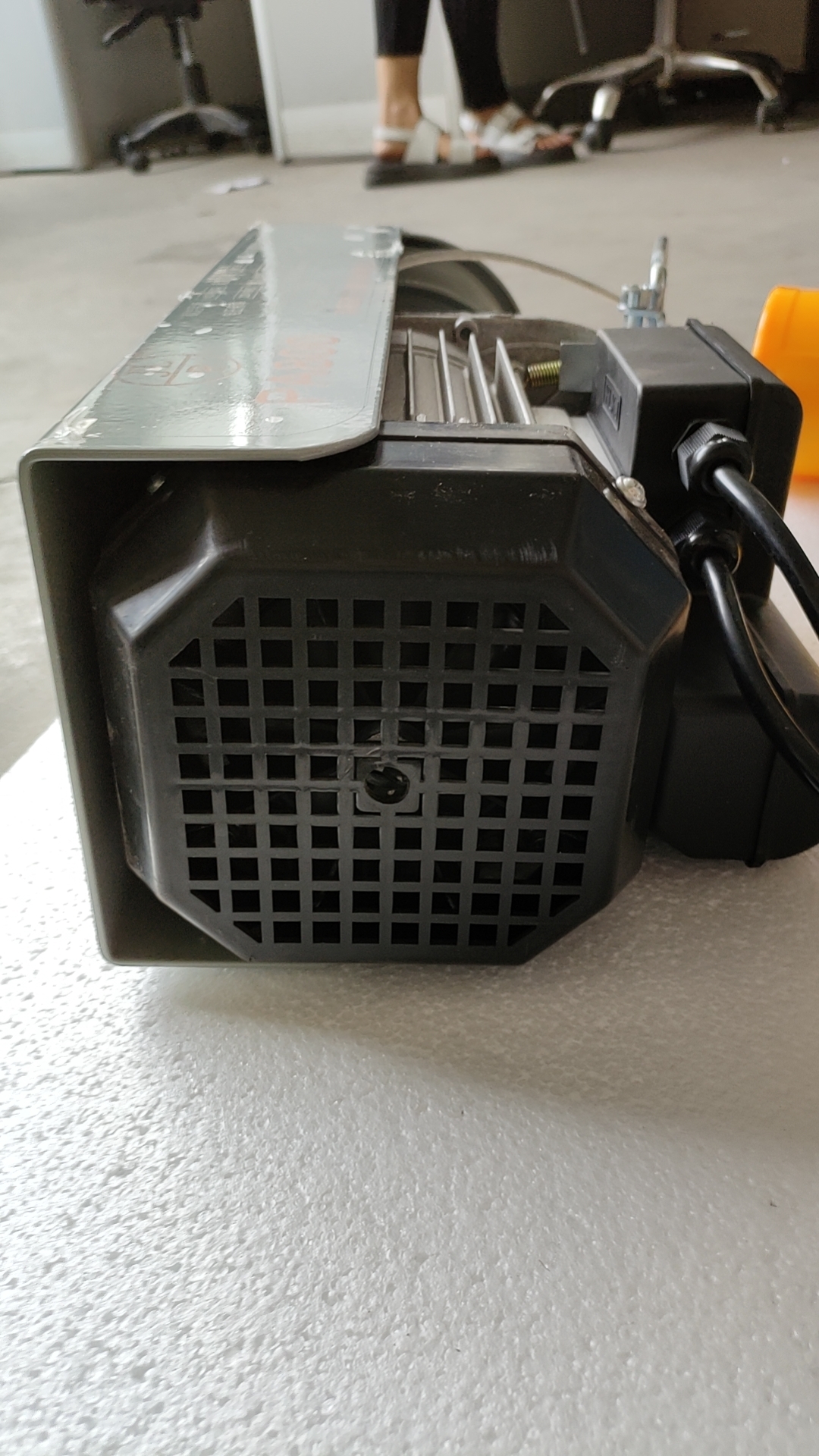


Types of Fall Protection Ensuring Safety in Elevated Work Environments
In today’s fast-paced world, many industries require workers to operate at heights, whether in construction, maintenance, or other elevated tasks. While these jobs are essential, they also come with significant risks. Falls are one of the leading causes of injuries and fatalities in the workplace. Therefore, fall protection is a critical aspect of ensuring worker safety. This article discusses the various types of fall protection systems, their features, and best practices for implementation.
1. Personal Fall Arrest Systems (PFAS)
Personal fall arrest systems are designed to stop a worker from falling once a fall has begun. A typical PFAS includes three main components an anchorage, a harness, and a connecting device such as a lanyard.
- Anchorage refers to a secure point that can withstand the forces exerted during a fall. It can be a beam, a concrete structure, or other robust structures. - Harnesses are worn by workers and are designed to distribute the forces of a fall across the body. - Connecting devices include lanyards and fall arresters, which attach the harness to the anchorage.
Proper training and regular inspection of PFAS components are crucial to ensure their effectiveness.
2. Guardrails
Guardrails are one of the most common types of fall protection systems used on roofs and elevated platforms. These barriers prevent workers from falling by providing a physical barrier. Effective guardrails should be
- At least 42 inches high above the walking surface. - Equipped with a mid-rail and a toe board to prevent tools or materials from falling off. Installing guardrails is a proactive measure that can significantly reduce the risk of falls, especially in environments where workers frequently navigate edges.
3. Safety Nets
Safety nets are employed in situations where fall arrest systems and guardrails may not be practical. They are commonly used in construction sites where workers are operating at elevated heights.
- Deployment Safety nets should be positioned as close to the working surface as possible, and they must meet regulatory standards for strength and resilience. - Inspection Regular checking for tears and wear is vital to maintain their integrity.
Safety nets provide a safety cushion, reducing the impact of a fall and preventing workers from slipping off a structure.

Although harnesses and lanyards are primary components of PFAS, they are worth mentioning explicitly.
- Full-body harnesses are designed to distribute fall forces over the body, minimizing injury. They should be ANSI or OSHA-compliant. - Lanyards must be shock-absorbing to reduce the impact load on the body during a fall. Additionally, they come in different lengths to accommodate various work environments.
Proper fit and adjustment of harnesses ensure that they perform effectively during a fall event.
5. Heavy Equipment and Machine Guarding
In many workplaces, lifting equipment may require fall protection measures.
- Elevated Work Platforms (EWPs), such as scissor lifts and boom lifts, have built-in guardrails, but additional personal fall protection might still be necessary. - Proper training on the use of EWPs is crucial to ensure that operators understand how to navigate these tools safely.
6. Training and Awareness
Regardless of the type of fall protection system employed, training is essential. Workers should be educated on
- The risks associated with working at heights. - How to properly use and inspect fall protection equipment. - Emergency procedures in the event of a fall.
Regular refresher courses help keep safety at the forefront of workplace culture.
Conclusion
Fall protection is a vital aspect of workplace safety for those whose jobs require working at heights. There are several types of fall protection systems, including personal fall arrest systems, guardrails, safety nets, and specialized equipment. Each type serves a unique purpose, and the choice of which to use depends on the specific hazards of the job. By implementing effective fall protection strategies and providing adequate training, employers can significantly reduce the risk of falls and create a safer work environment for all employees.



